Der Sohn des Scheich (1926) Online
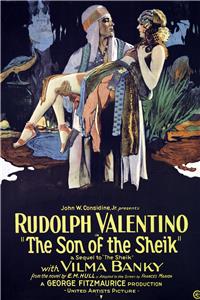
Men and women, fathers and children. Ahmed, son of Diana and Sheik Ahmed Ben Hassan, falls in love with Yasmin, a dancing girl who fronts her father's gang of mountebanks. Among the cutthroats is Ghobah, a villainous Moor to whom Yasmin is promised. In ruins near Touggourt, the city where Yasmin dances, she and Ahmed meet secretly until one night when her father and the gang capture the son of the sheik, torture him, and hold him for ransom. Will Ahmed believe that Yasmin set him up for capture? Even if true love finds a way through webs of deceit, what will the vigorous and imposing sheik say about his son consorting with a dancing girl?
| Complete credited cast: | |||
| Rudolph Valentino | - | Ahmed / The Sheik | |
| Vilma Bánky | - | Yasmin (as Vilma Banky) | |
| George Fawcett | - | André | |
| Montagu Love | - | Ghabah (as Montague Love) | |
| Karl Dane | - | Ramadan | |
| Bull Montana | - | Mountebank | |
| Bynunsky Hyman | - | Mountebank (as Binunsky Hyman) | |
| Agnes Ayres | - | Diana - Wife of the Sheik |
This film was not only one of the first "sequels" ever made, it was also one of the first films to come out after its star's death--Rudolph Valentino had unexpectedly died from peritonitis at the age of 31 on August 23, 1926, less than two weeks before this film went into release.
Final film of Rudolph Valentino.
Rudolph Valentino personally picked Vilma Bánky as his leading lady for this film, which would be his last.
This is one of over 200 titles in the list of independent feature films made available for television presentation by Advance Television Pictures announced in Motion Picture Herald 4 April 1942. At this time television broadcasting was in its infancy, almost totally curtailed by the advent of World War II, and would not continue to develop until 1945-46. Because of poor documentation (feature films were often not identified by title in conventional sources) no record has yet been found of its initial television broadcast. Its earliest documented telecasts took place in New York City Tuesday 25 January 1949 on WJZ (Channel 7), in Chicago Wednesday 16 February 1949 on WENR (Channel 7), and in Cincinnati Tuesday 30 August 1949 on WCPO (Channel 7).
Rudolph Valentino borrowed the stallion named Jadaan from the W.K. Kellogg Arabian Horse Ranch along with a Kellogg employee, Carl Raswan, who rode in certain scenes as Valentino's stunt double. Kellogg would later donate the 800-acre ranch to the state of California and it became the campus of California State Polytechnic University-Pomona which includes the W.K. Kellogg Arabian Horse Center, a facility specializing in equine breeding, research and teaching.

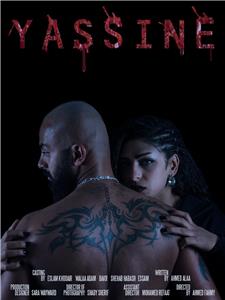
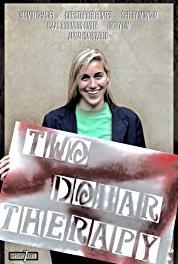


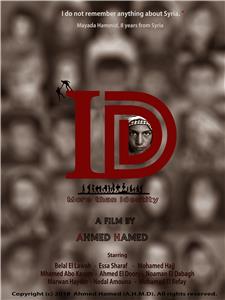
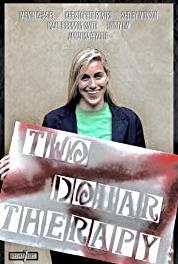
User reviews